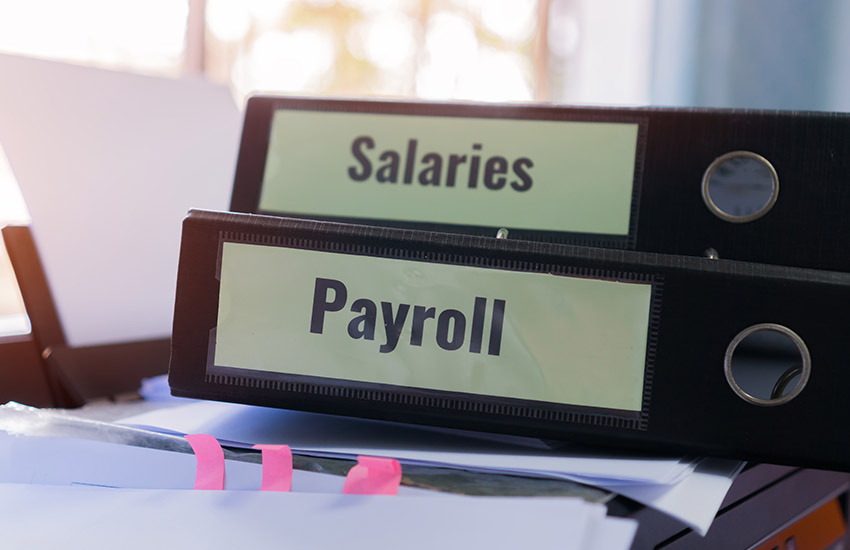Why change something that works?
Yesterday’s technology was designed for yesterday’s challenges
The problem is that old payroll software can’t keep up with today’s demands. You may not have noticed any failings, but there will be underlying problems. Even if you don’t consider missing out on new functionalities as a problem, you’ll be taking longer than necessary to run payroll and could even be putting your company at risk.
A large part of the problem is that payroll has become more complex in recent years. Quoted by People Management, Samantha Mann, senior policy and research officer at the Chartered Institute of Payroll Professionals, points out that: “The list of elements that make up payroll is endless. Over the years, more and more have been added, from pay rates to overtime hours and ad-hoc allowances. As systems have evolved, this has meant that payroll workers often do not fully understand why they perform certain tasks in certain ways.”
Modern payroll solutions offer a range of capabilities
It’s the opportunities that modern technology brings that makes things really exciting. Bringing Human Resources Information Services (HRIS) and payroll solutions together gives companies a wealth of data that can be shared across departments in real time, allowing reports to be drawn up quickly and effective strategies to be developed in a fraction of the time it would otherwise take to carry out the necessary research.
Scheduling will be more accurate and easier to update, and the option to link payroll to advanced time and attendance software will make it easier to offer employees the benefits of flexible working (which helps you attract and retain staff).
And as new capabilities come along in future, a cloud-based system will make it easier for you to take advantage of new developments, without the need for expensive and difficult upgrades.
Better for individuals, as well as companies
Modern payroll solutions offer a better user experience. You can address modern HR concerns with employee engagement in part by offering technology that make employees feel more connected and makes their working lives a little easier. Modern payroll solutions include Employee Self-Service (ESS) and Manager Self-Service (MSS), which do exactly that.
ESS allows an employee to make a holiday request or check their pay information at any time. They know immediately that their time-off request has been made or they have the details they need right away. No need to wait for an email.
MSS gives managers the same instant access to information they need. Whether they’re checking budgets or making decisions on hiring and pay, the log-in, design and navigation will make getting that information a simple reflex action rather than a chore. Accepting an employee’s holiday request is far simpler, too.
Not just more capabilities, but more capable
Ageing payroll systems are often legacy systems that have been bolted together. There can be a fear of disturbing customisations that have been built up over time, yet the reality is that these older systems will take increasing levels of investment to maintain a performance that’s more and more outdated.
In an article on shrm.org, Sam Grinter, senior research analyst at Gartner, said: “Failure to modernize payroll systems has real costs. Outdated, heavily customized applications require scarce and often costly resources to adapt to changing legislative compliance requirements and shifting end-user demands.”
If it ain’t broke, don’t fix it may be good advice in some areas, but in the world of payroll technology it could mean struggling to compete or worse. If this time of year is too overwhelming or you’re unsure whether you and your clients are meeting your obligations, you may want to consider outsourcing. Contact ADP and find out how we can help.
 Login
Login








